The question of “why film?” comes up a lot. I don’t have much to add to the discussion, but I do happen to shoot quite a bit of film. My photography is split pretty strongly into two separate styles. My digital work tends to exist in a more commercial area, while most of my personal work is on film. I don’t particularly value one over the other, I just find that the media change is an easy way to keep the two separate. The process of film lends itself well to being recreational, as spending your free time creating physical things is always rewarding. Whether it be the film itself, darkroom prints, or alternative processes prints, I like to enjoy spending time creating new objects.
Most of my work is social documentary work, usually dealing with the urban landscape and the environment. One of my projects is centred around the Detroit neighbourhood of Delray. I’ve spent the last year and a half documenting the citizens’ displacement, the destruction/construction, and how those that are left are adapting.
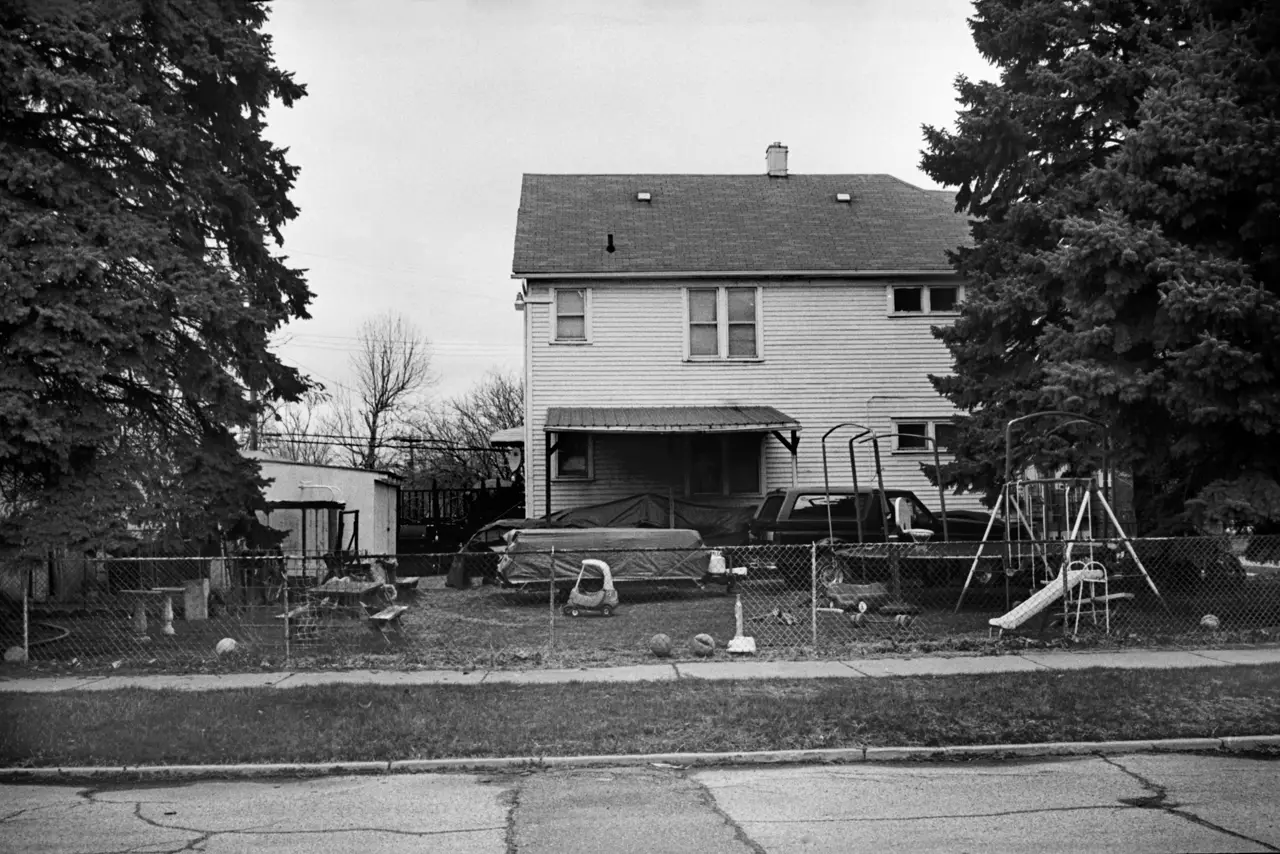
Delray is a small, originally Hungarian, a settlement on the south-west side of Detroit. In 1939 industry first razed the neighbourhood. The destruction started when a waste water plant was built around one of the cities oldest churches. The destruction continued as houses were torn down to make way for chemical plants, a steel mill, and shipping terminals. By the late 50’s families were moving out in droves as the air quality and pollution levels got out of hand.
The 60’s brought the most destructive phase, as I-75 construction literally split the neighbourhood in half. Today looms a threat far larger. The new Gordie Howe International Bridge is displacing around 900 people, nearly a dozen businesses, and is erasing nearly a third of Delray. Despite endless protest from a still strong community, the bridge will be built. At this point, most of the citizens are already gone or are working on leaving. I have spent the last year documenting their last days, the destruction/construction, and how those that are left are adapting.
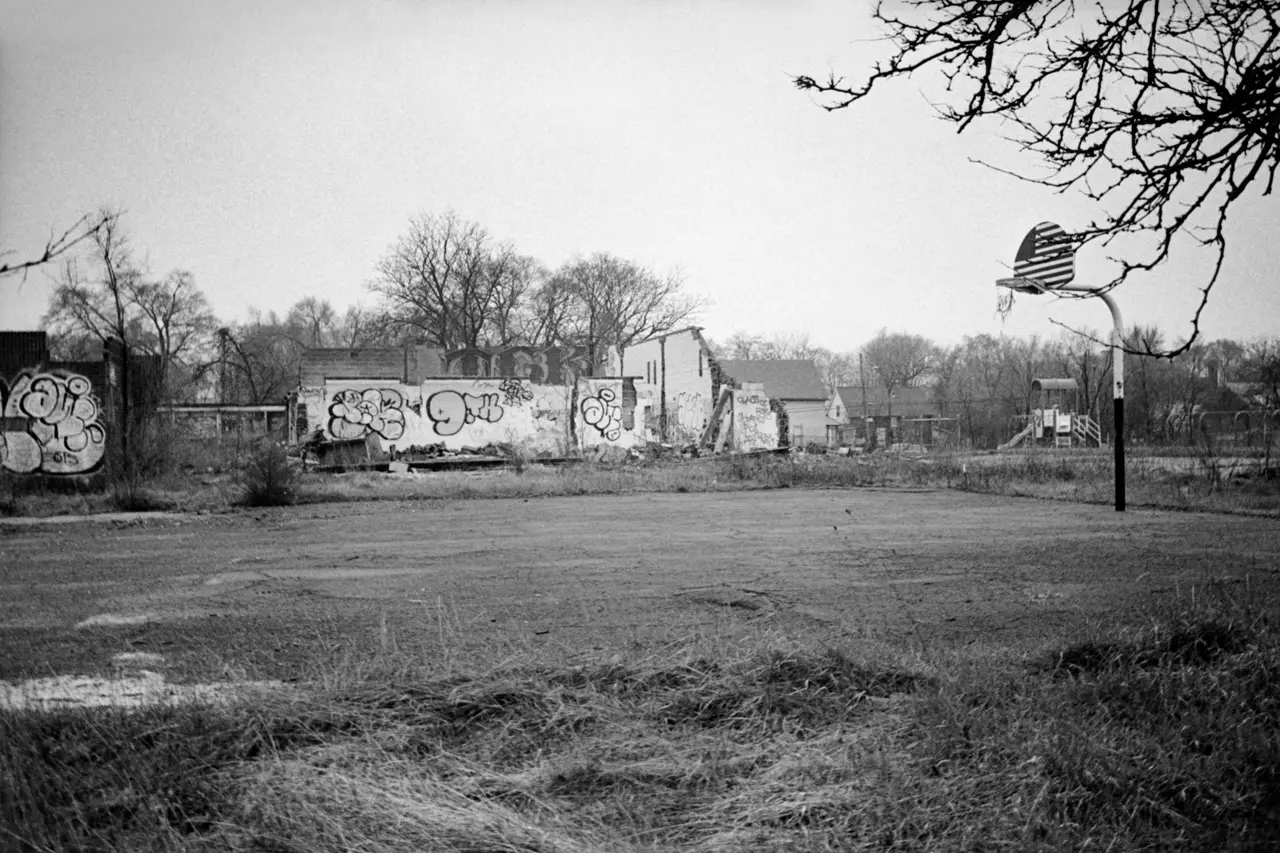
I enjoy doing projects like this with film because, as represents an investment of time. Delray has been avoided and pushed aside for decades. The slow process of film is part of a way to shows my commitment of time to the community.
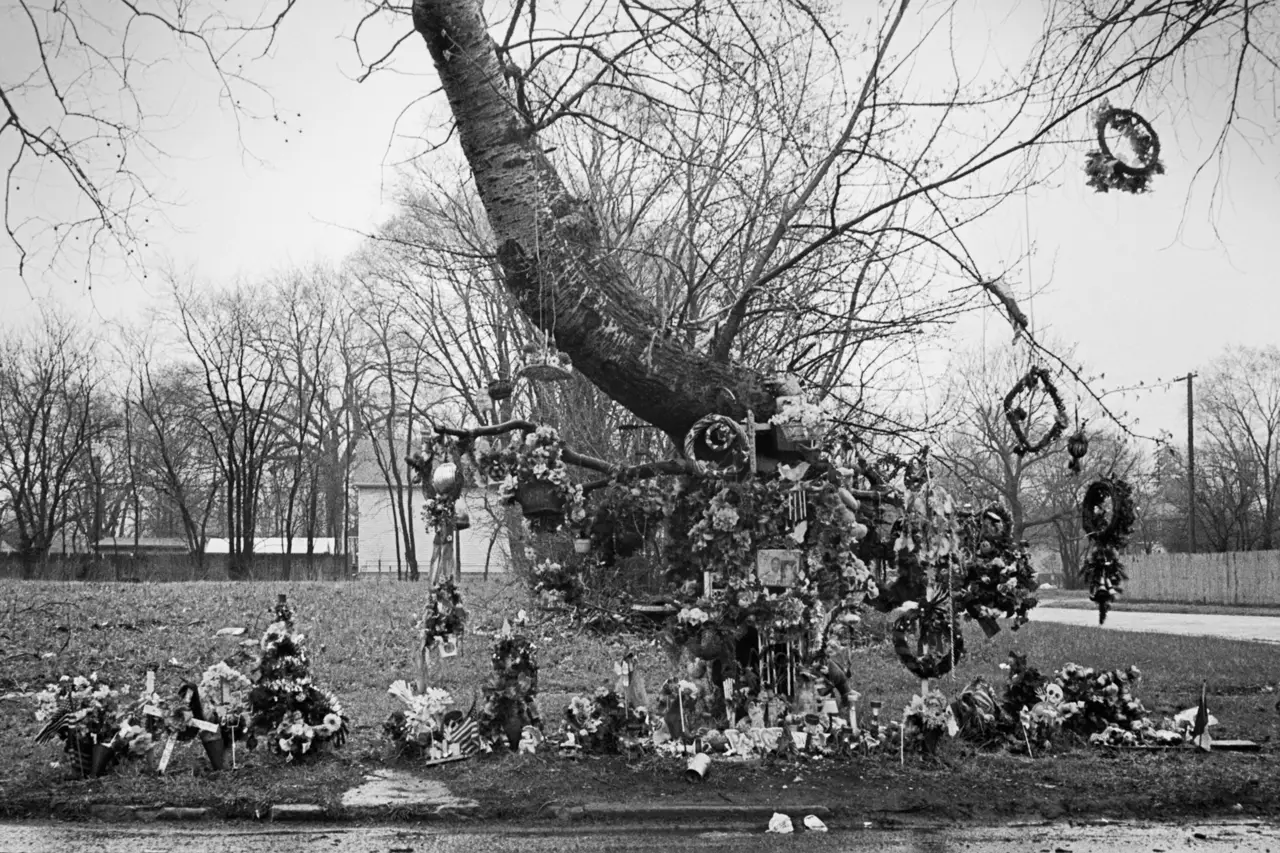
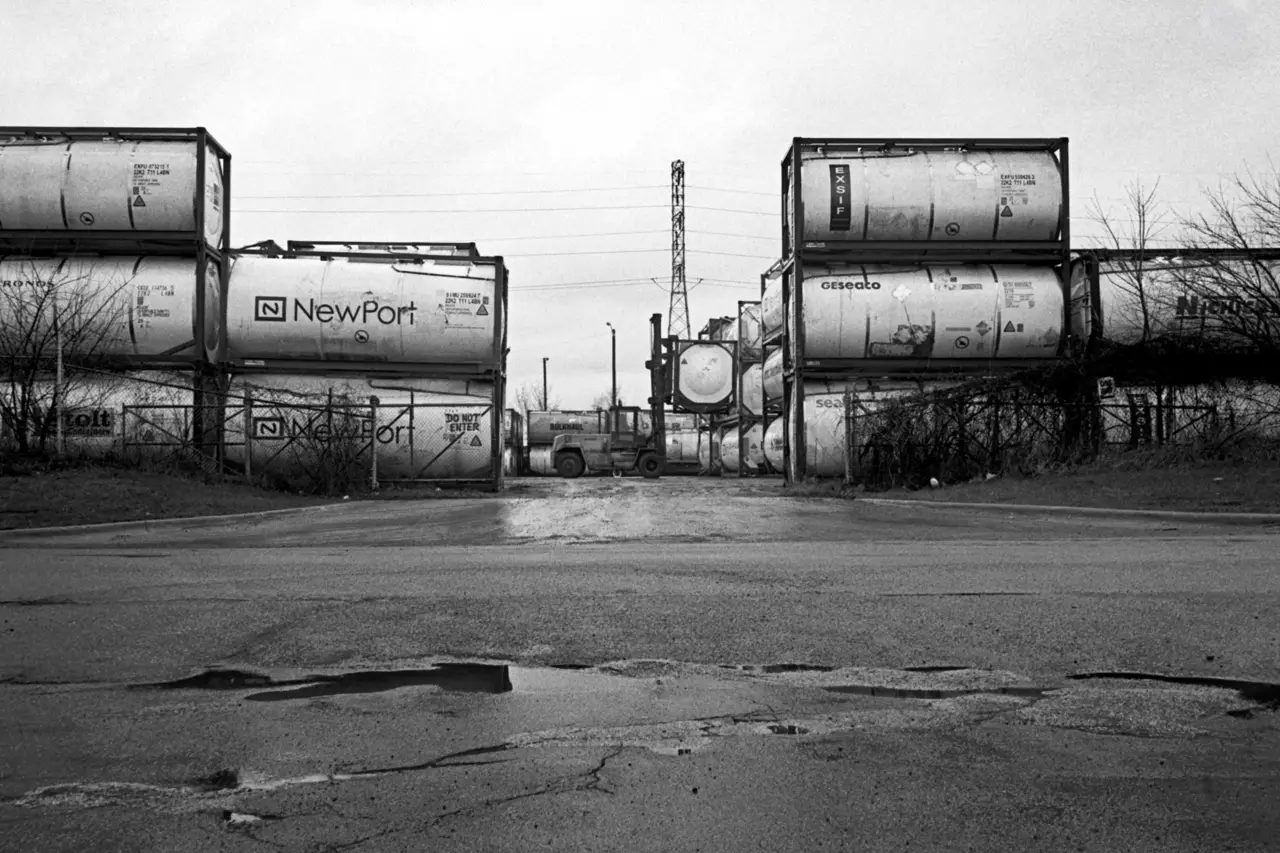
For this project I’ve mostly shot 35mm, with a bit of medium format. 35mm when I was trying to be quick, while 120 was used when I was moving a bit slower. I use both a Voigtlander Bessa R2, and a Leica M2. I find that rangefinders fit my method of shooting 35mm better than any slr, and have really enjoyed owning the Leica and the Bessa. I use a M mount Voigtlander 35mm f1.7 on both of them.
A Hasselbald 500cm with a 50 and 80mm lens handled the 120.
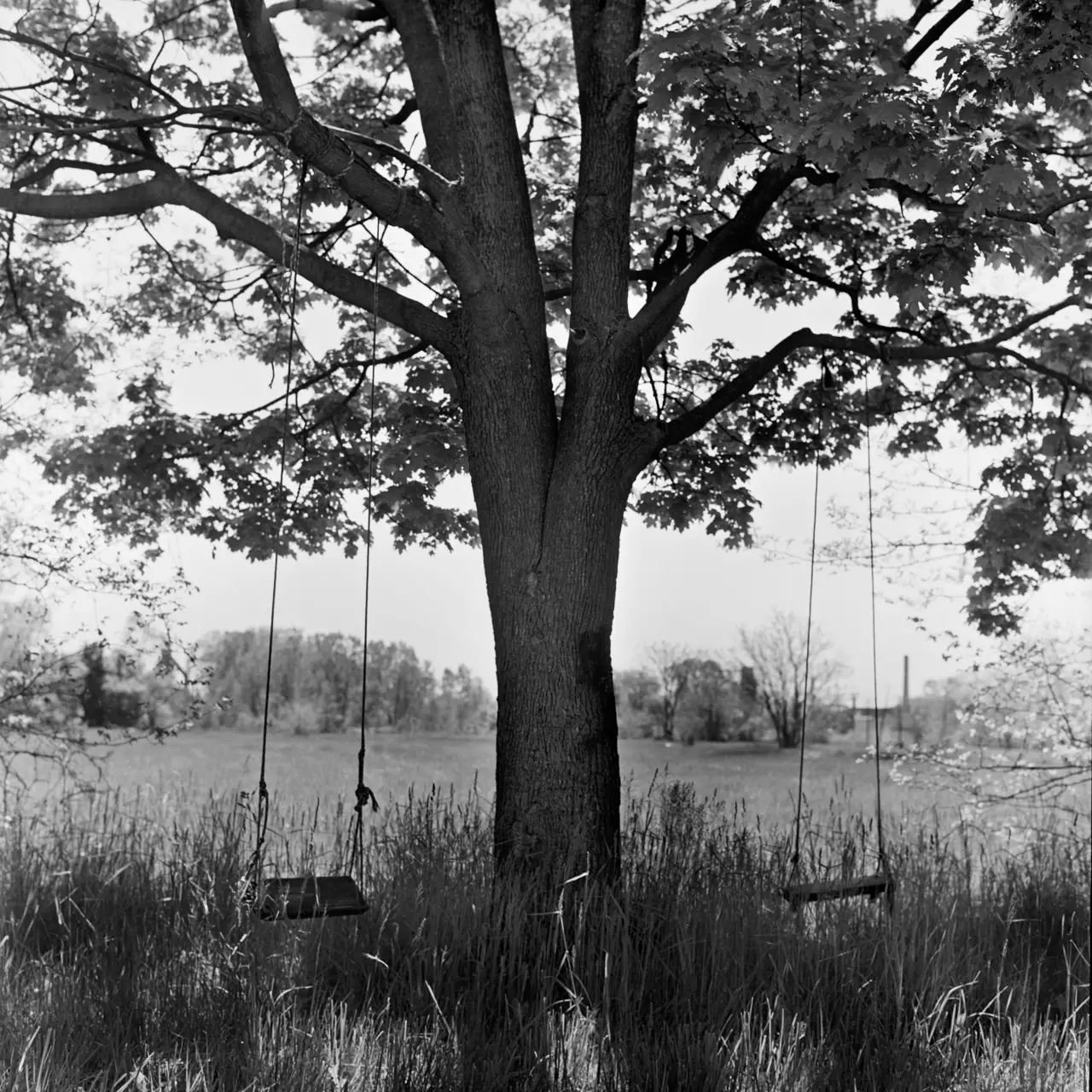
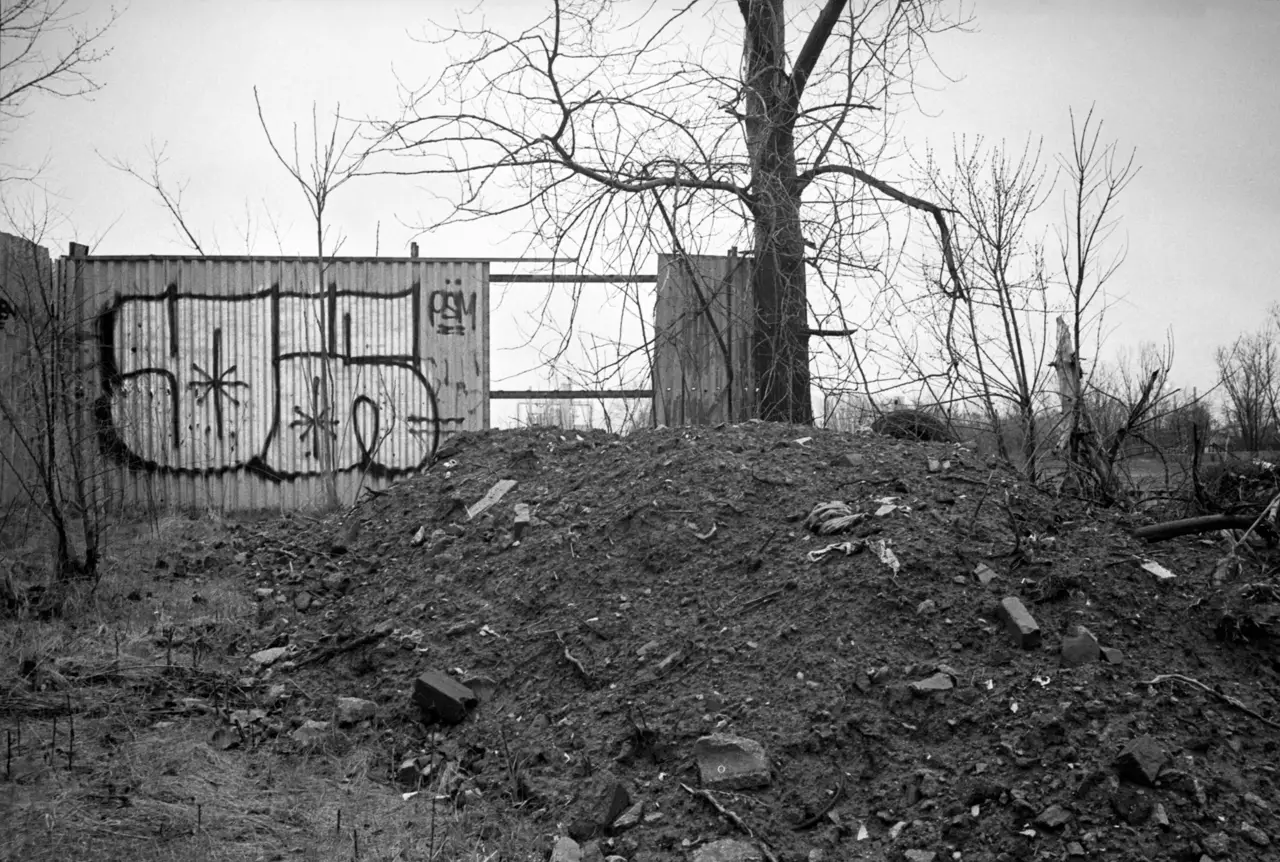
All of the 35mm film was developed in D-76, the 120 in Rodinal, and printed on Ilford FB. Everything was either shot at box speed, or pushed to 800.
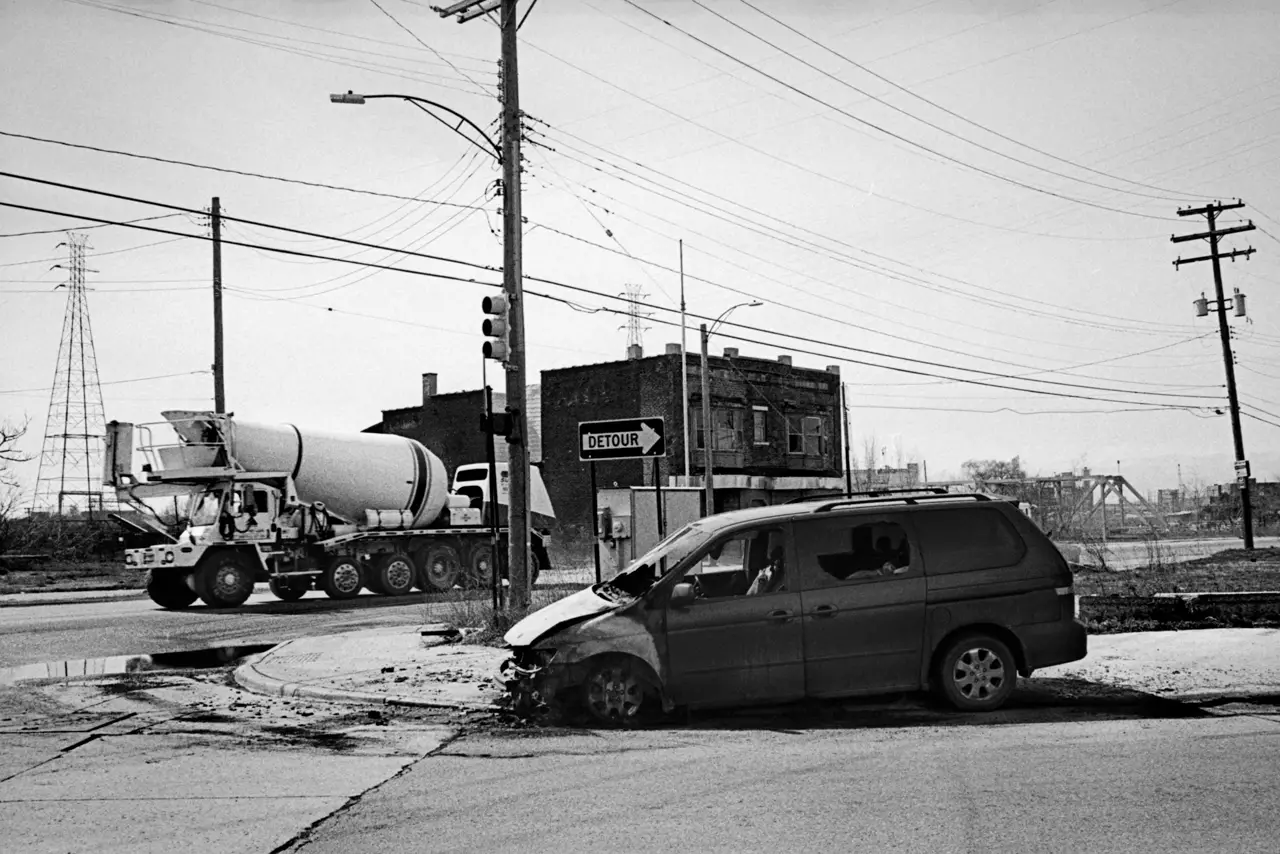
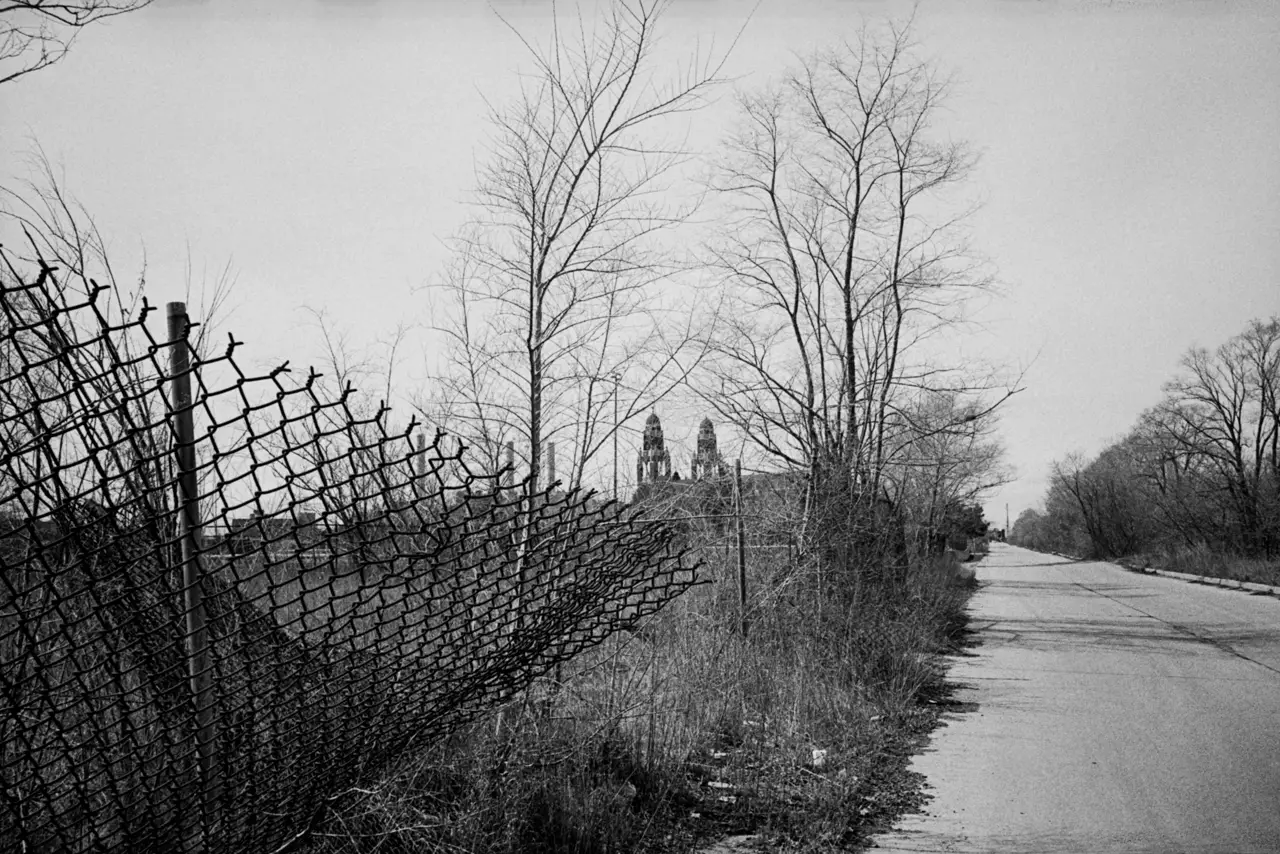
Immobile large format
I plan to continue working on this project, documenting as the neighbourhood continues to adapt. Unfortunately, this was put on hold when I got hurt. This project, and most of my personal work, requires quite a bit of driving and walking, two things that became extremely painful with my spine problem. My injury wasn’t the end of the world, and today I’m back on my feet, but for a while I made no progress on anything.
I spent a while in this state, bored out of my mind. Eventually I realized that I needed to be productive in some way. I’ve had grand plans of building a huge camera for a while, but the concept was always left on the backburner.
My desire to be productive again, pushed me to finally attempt this. I created a huge immobile camera, as immobile as me – this seemed like a good way to end my boredom. Plus, I kinda liked the irony of building something hard to move when I could barely move.
The original goal was to create a beautifully crafted wood and brass camera; I ended up doing the opposite. Gaffers tape holds the majority of the camera together and isn’t exactly a great representation of craftsmanship. The camera definitely is not what I had envisioned years ago, but I was glad to be doing something again.
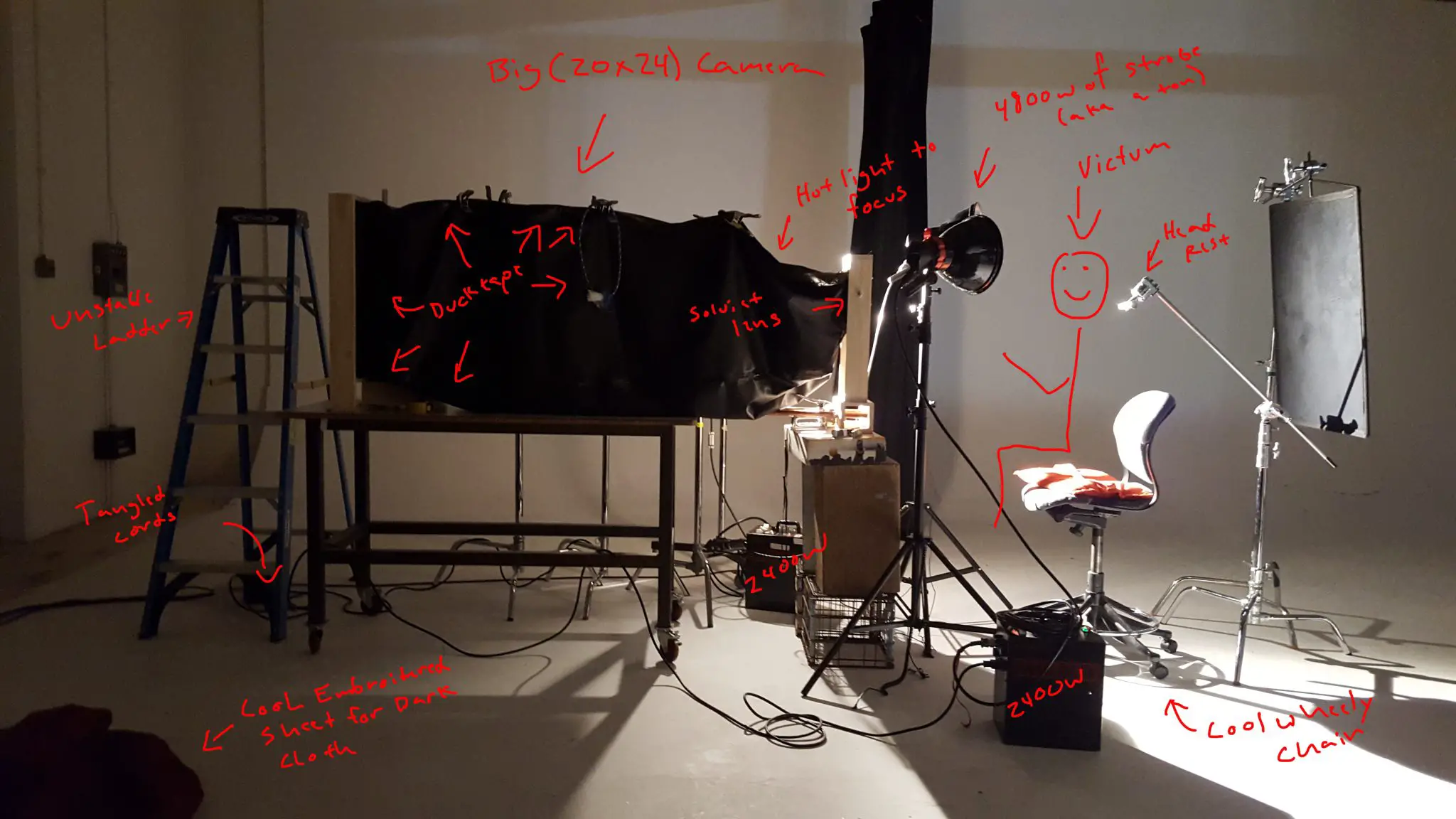
Construction of the camera took place over a weekend, and cost around $100US in supplies. A laminate of Masonite was used to create a film holder and the standards were built out of some pine.
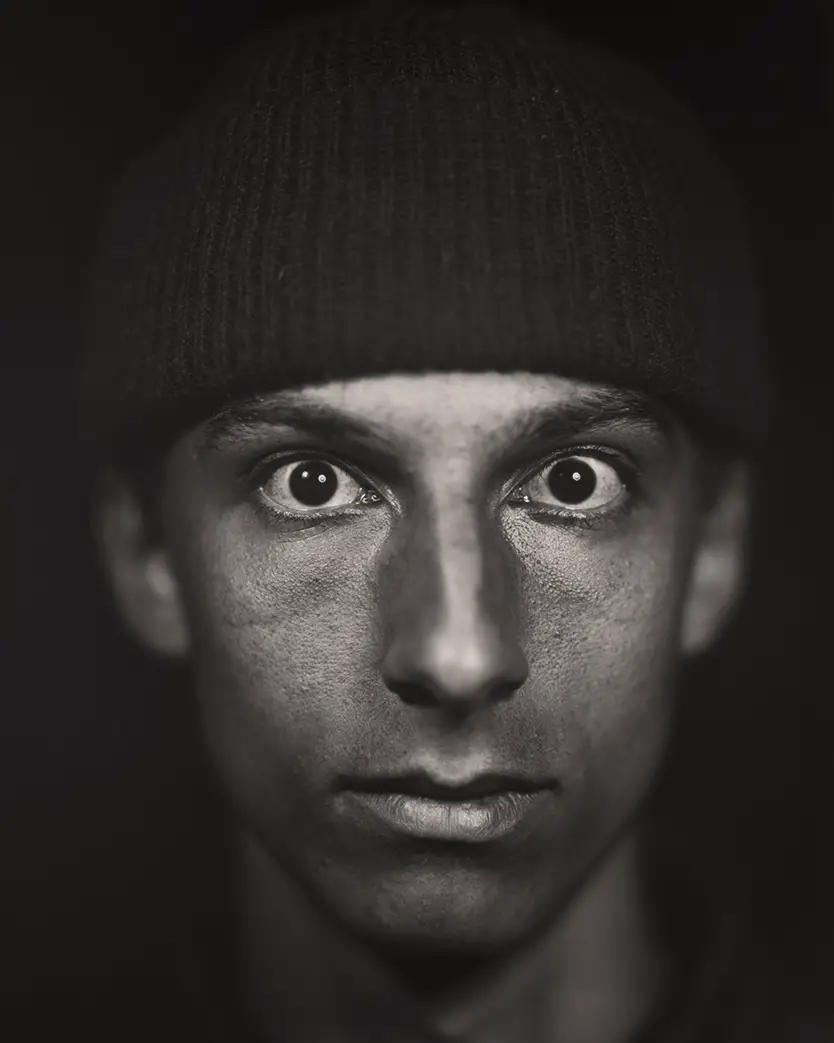
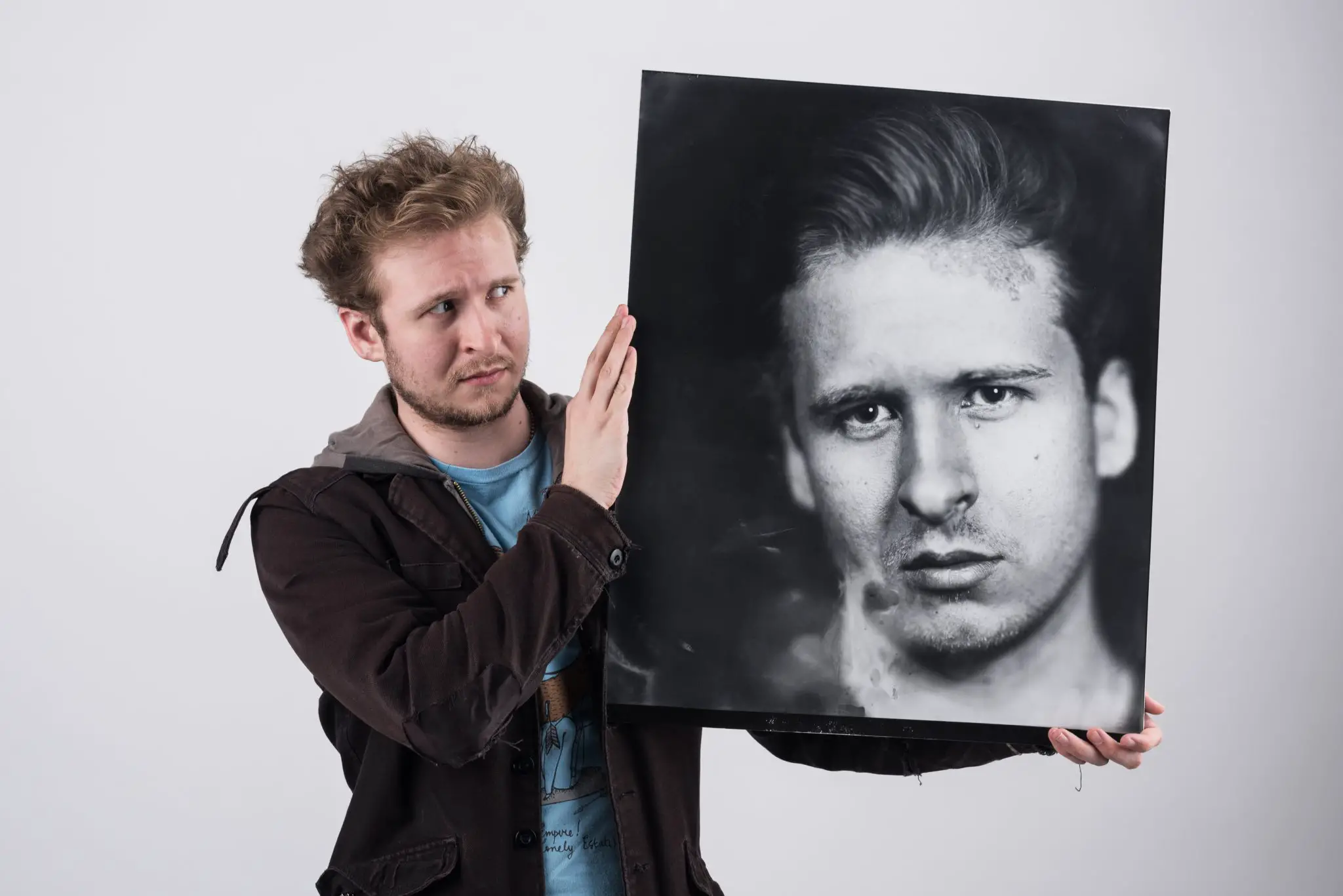
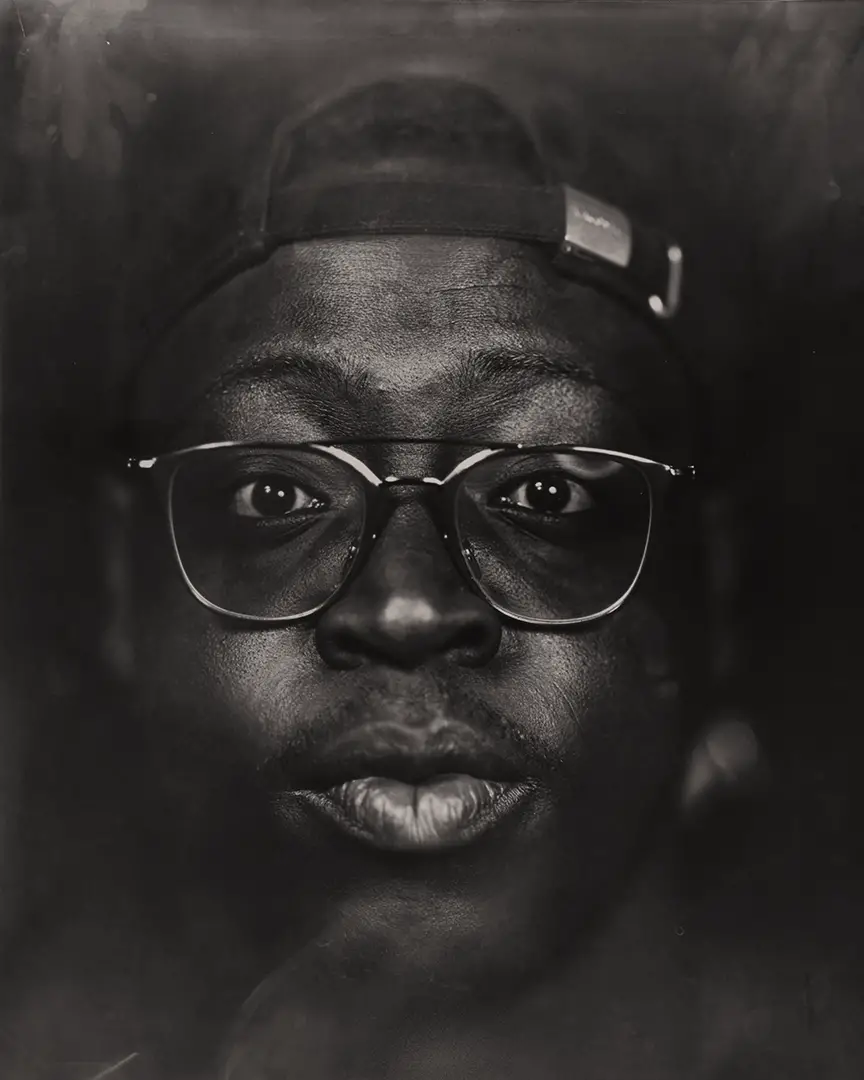
So far all of the photos I have taken have been with 20×24 sheets of black and white RC Paper. With a iso of 3 exposing negatives took quite a lot of light. Due to my decently big macro factor, my bellows factor was also huge. To get this huge amount of light I used two strobe heads, with a combined 4800w/s. The heads were positioned less than 12” from my subjects, with no diffusion, just 11” reflectors. Exposure was around f32 at iso3
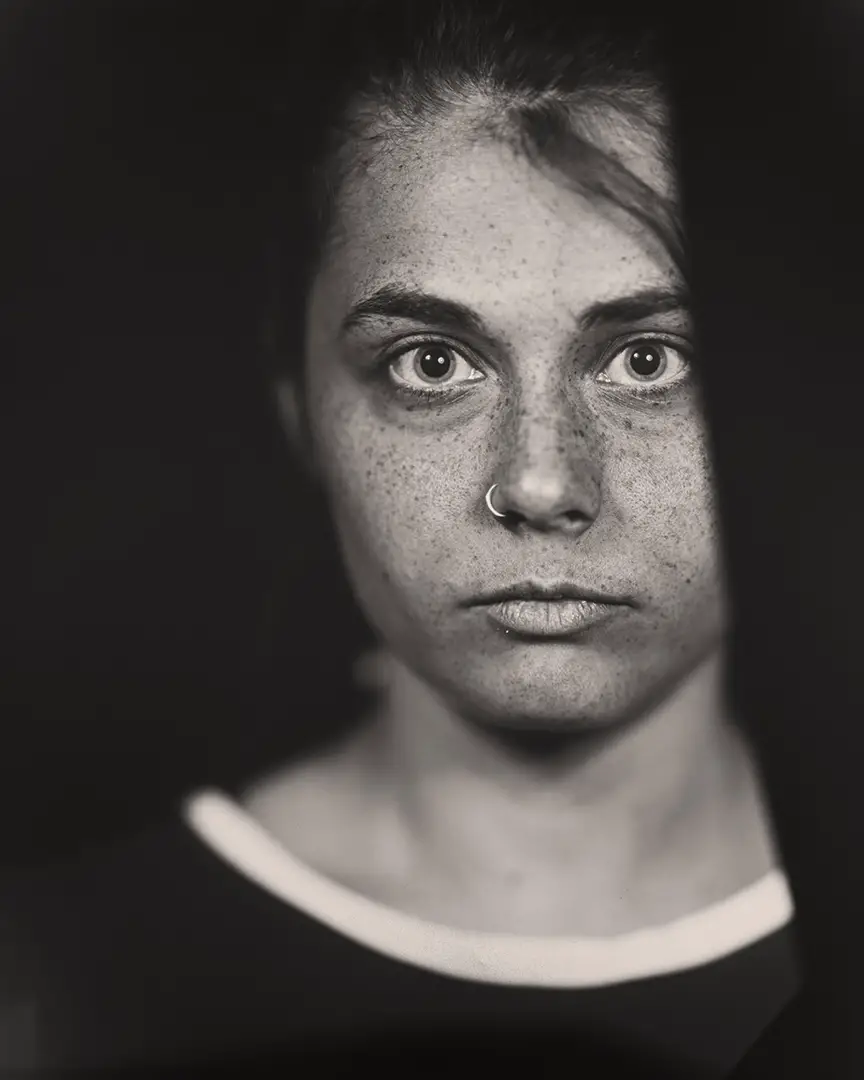
The negatives where then wet contacted printed to a blank sheet of paper, then developed like any darkroom print.
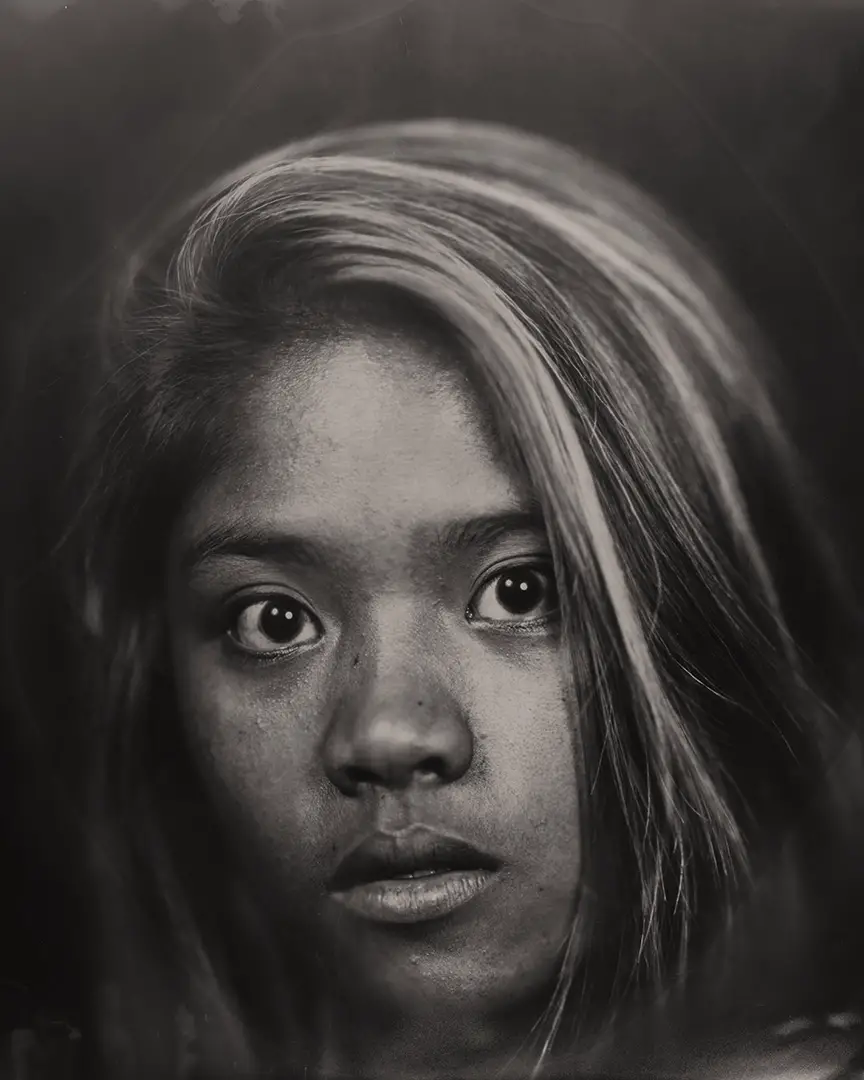
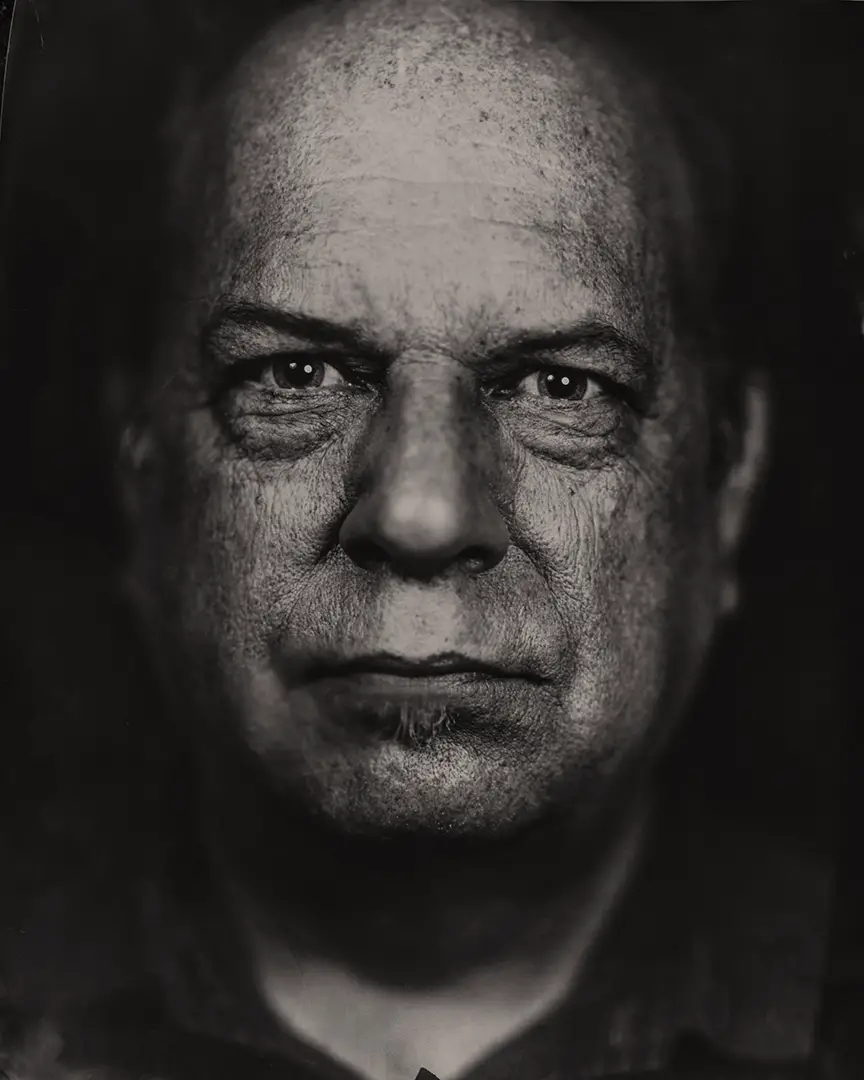
Now that I’m back to normal, the next step is taking the camera out into the streets of Detroit. I’m continuing to shoot portraits, as well as landscapes. I enjoy some of the ideologies and concepts that can exist with the camera, and look forward to exploring the durational aspect this would bring to my photography in Detroit. I’ve began to experiment with different forms of negatives, direct to positives mediums, and printing methods, and can’t wait to see where this project goes. Thanks for reading!
Thanks for reading!
p.s. I’m not usually one to self-promote, but I’m unemployed as of right now, so I’ll shamefully plug my website, hedsonphoto and my Instagram’s hedsonphoto and jeffersonsupply
Share this post:
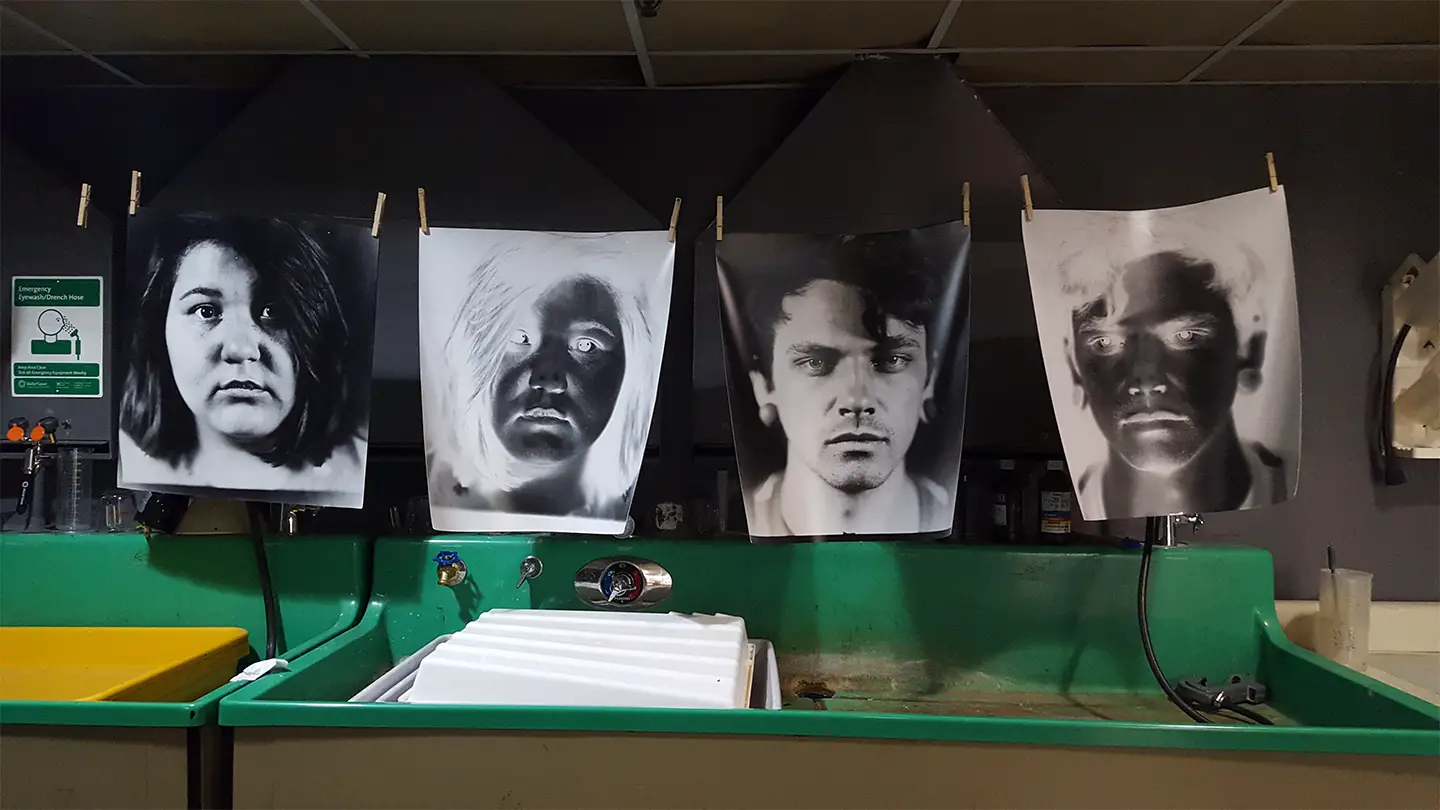








Comments
Christos Theofilogiannakos on 35mm & (very) Large Format in Detroit – by Erik Henderson
Comment posted: 04/06/2017
Terry B on 35mm & (very) Large Format in Detroit – by Erik Henderson
Comment posted: 04/06/2017
Those super large format prints are astounding and I'd bet that viewing direct, rather than on a monitor, would really show this. I'd read some years ago that when printing in this way the light source is directed through the back of the unexposed sheet (which seems at odds to what one would expect) and not through the negative print which would be normal for a film/paper contact print. Is this how you expose? What grade of paper do you use, or do you vary this depending upon the subject matter?
Comment posted: 04/06/2017
Nick on 35mm & (very) Large Format in Detroit – by Erik Henderson
Comment posted: 04/06/2017
Your immobile large format camera project strikes me as an incredible solution to the problems you have had. It just goes to show how constraints can make people more creative. The portraits you took with it are stunning.
Loving your black and white Detroit work too. The film format you've chosen really seems to fit the subject matter. I've just Voigtlander 35mm f1.7 but have yet to see the results from it so was interesting to see your shots.
Just given you a follow on Instagram.
Aivaras on 35mm & (very) Large Format in Detroit – by Erik Henderson
Comment posted: 04/06/2017
George Appletree on 35mm & (very) Large Format in Detroit – by Erik Henderson
Comment posted: 04/06/2017
Kev on 35mm & (very) Large Format in Detroit – by Erik Henderson
Comment posted: 04/06/2017
John on 35mm & (very) Large Format in Detroit – by Erik Henderson
Comment posted: 04/06/2017
You may be interested to see another approach to large format photography from the inimitable Tim Hunkin.
https://www.youtube.com/watch?v=5AOlPuTQt-M
Comment posted: 04/06/2017